Ukraine’s Interior Ministry Teams up with Stfalcon to Build 112,
Emergency Response Service
Challenge
Deliver a working product on time for a demo with the
President of Ukraine
Solution
A public emergency aid system to coordinate rescue efforts
In three months, Stfalcon delivered an MVP to the Ministry of Internal Affairs of Ukraine, and the system went live on July 4, 2023. System 112 was initially launched in Kyiv and the northern region, then expanded to the western and eastern regions, with communication centers established in Lviv and Dnipro
Easy-to-use interface for emergency operators

Support for people with hearing or speech disabilities

Process
How we helped implement the emergency response system covering 20 regions
System 112 is a complex solution that integrates multiple components, including the systems of emergency services, the mobile operator, and the database of the Ministry of Justice. But the most important part isn’t tech itself. It’s the people using it.
Emergency operators rely on this system to react fast, and every second they save navigating the interface is a second gained in responding to a real-life crisis. We kicked things off with UI/UX design. We focused on creating an interface that was clean, intuitive, and easy to navigate, even when the pressure’s on.
We created a neat interface to simplify navigation for operators
The system needed to handle a lot of critical data, including the emergency caller’s information, emergency classification, reason for calling, address, and more. With so many fields to fill in, there was a risk of confusing the operator and slowing down the process.
To avoid this, we focused on the most important fields, the ones that needed to be filled out first. We hid the less important fields, so operators could concentrate on what was urgent. For example, if the person needing help is someone other than the caller, additional fields appear to collect their details.
For accurate location data, we used AML and ELS
Advanced Mobile Location (AML) and Emergency Location Service (ELS) are technologies built into modern smartphones. When someone calls 112 or 911, these systems automatically pinpoint the caller’s precise location using GPS, Wi-Fi, and mobile networks, and send that data to emergency services.
System 112 is compatible with AML/ELS protocols. To receive location data, we integrated it with the mobile operator. So when someone calls from a phone that supports AML, the operator sends us their location either by SMS or through a secure HTTPS connection. The emergency operator instantly sees this location on the screen and can act immediately.
If the caller’s phone doesn’t support AML/ELS, the operator asks them to provide their address or describe their location.
We implemented Cisco IP telephony to manage emergency calls
To ensure reliable, real-time voice communication between callers and emergency operators, we connected System 112 to Cisco IP telephony. It handles large volumes of incoming calls with minimal delay, even during peak loads or crises.
We integrated WebEx to support people with hearing and speech disabilities
WebEx is a part of Cisco Systems designed for video conferencing. We used it to implement features for people with hearing and speech disabilities, which allows them to communicate with operators via video chat. As of now, System 112 has processed around 26,000 video calls in sign language.
We established reliable connections with every emergency department across all regions covered by System 112
After the operator enters all the necessary emergency information, they assign the case to the appropriate department based on the location and type of emergency. We integrated System 112 with every emergency department in each region, including medical, fire, gas, and police services, so the right responders are alerted instantly.
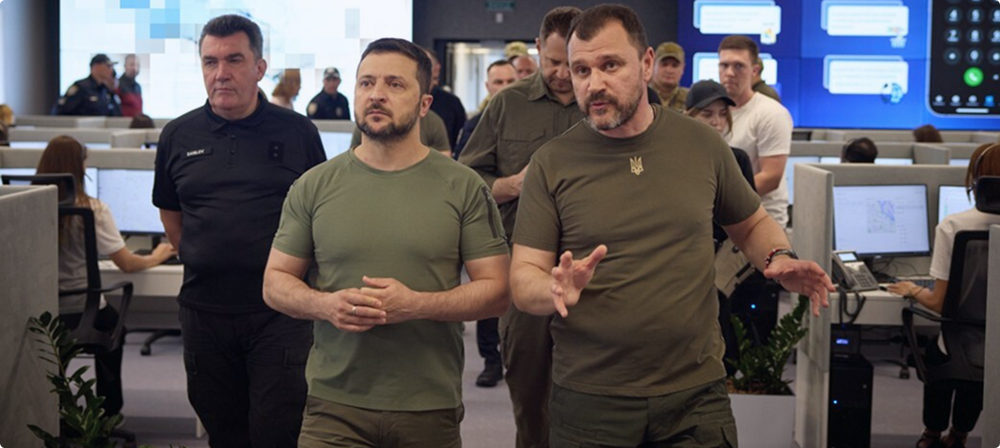
Result
2M+ emergency calls processed in the first year, nationwide rollout ongoing
Today, System 112 covers 20 regions of Ukraine. Plans to expand coverage to the southern regions are in progress, aiming to ensure nationwide coverage and improve emergency response across the country.
- Single number (112) for all emergency services (police, ambulance, fire, gas).
- Fast, coordinated response to emergencies.
- Full support for people with hearing or speech impairments via video calls.
- Accurate real-time location data via ELS and AML.
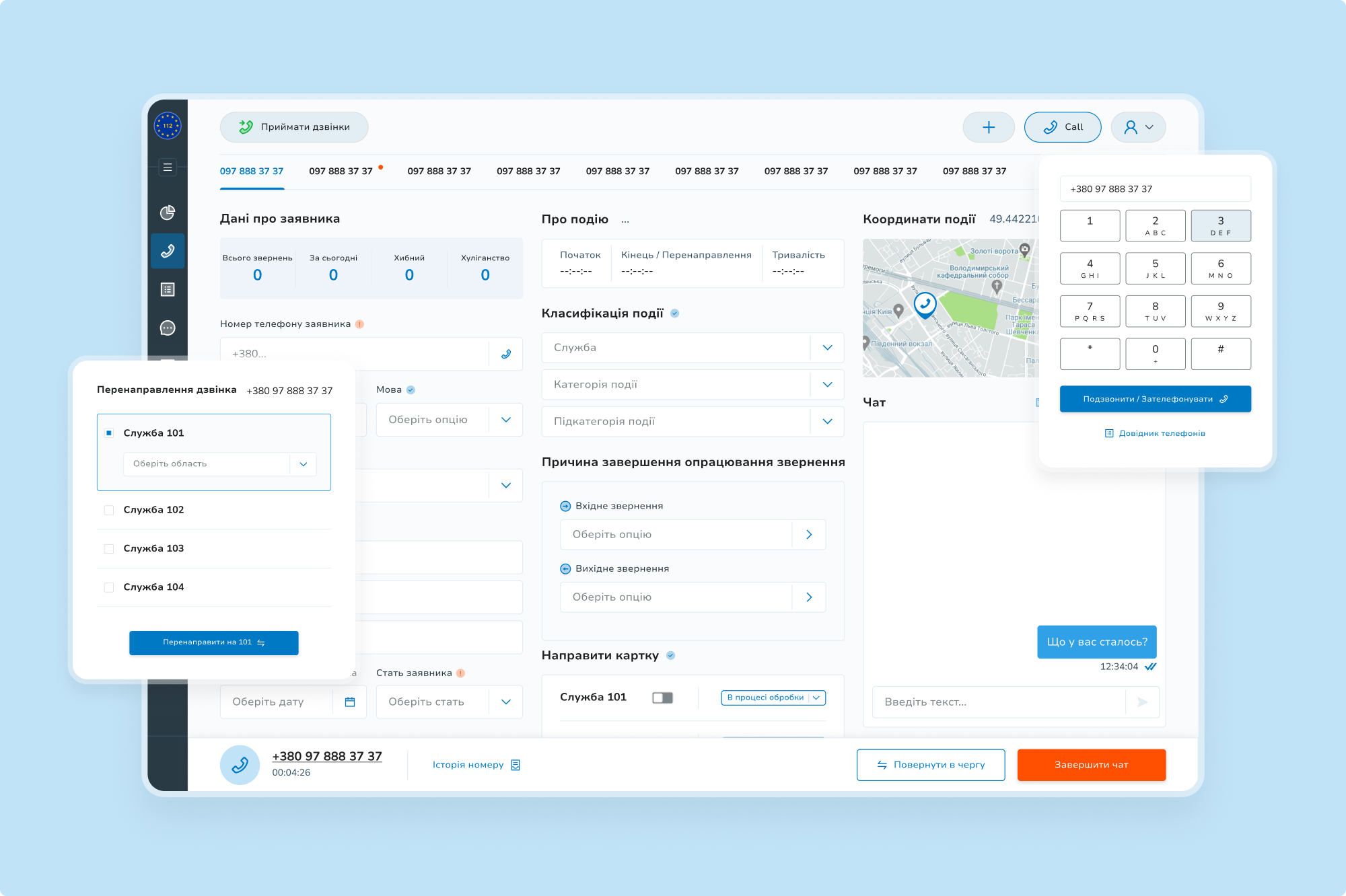
Need a similar solution?
We’ve already teamed up with the government and Ukraine’s top companies, so whether it’s public safety, logistics, or anything in between, we know how to deliver
Cast:
 Dmytro
DmytroProject Manager
 Serhii
SerhiiAccount Manager
 Vadym
VadymDevOps
 Oleksandr P.
Oleksandr P.Frontend Developer
 Andriy
AndriyFrontend Developer
 Yevhen
YevhenDevOps Team Lead
 Vadym
VadymDesign Team Lead
 Andrii
AndriiQA
 Iryna
IrynaQA

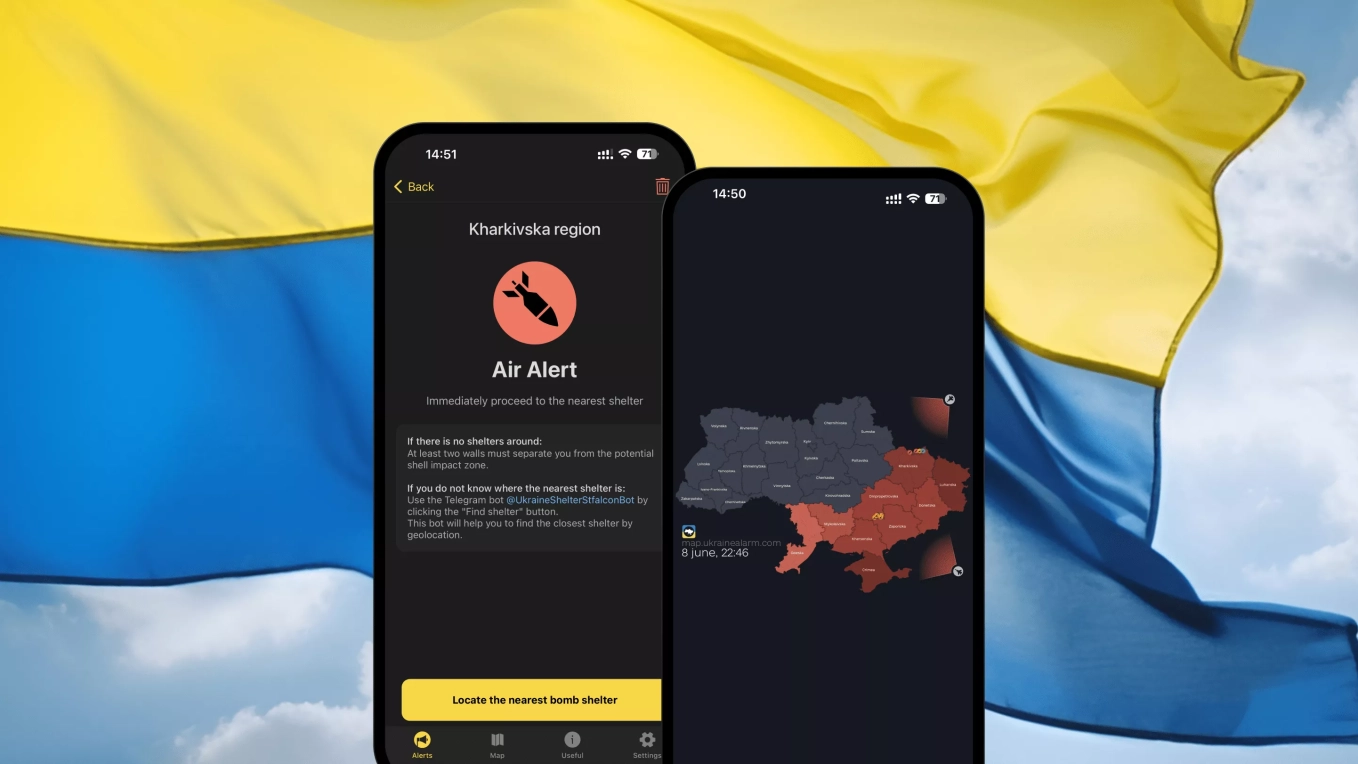
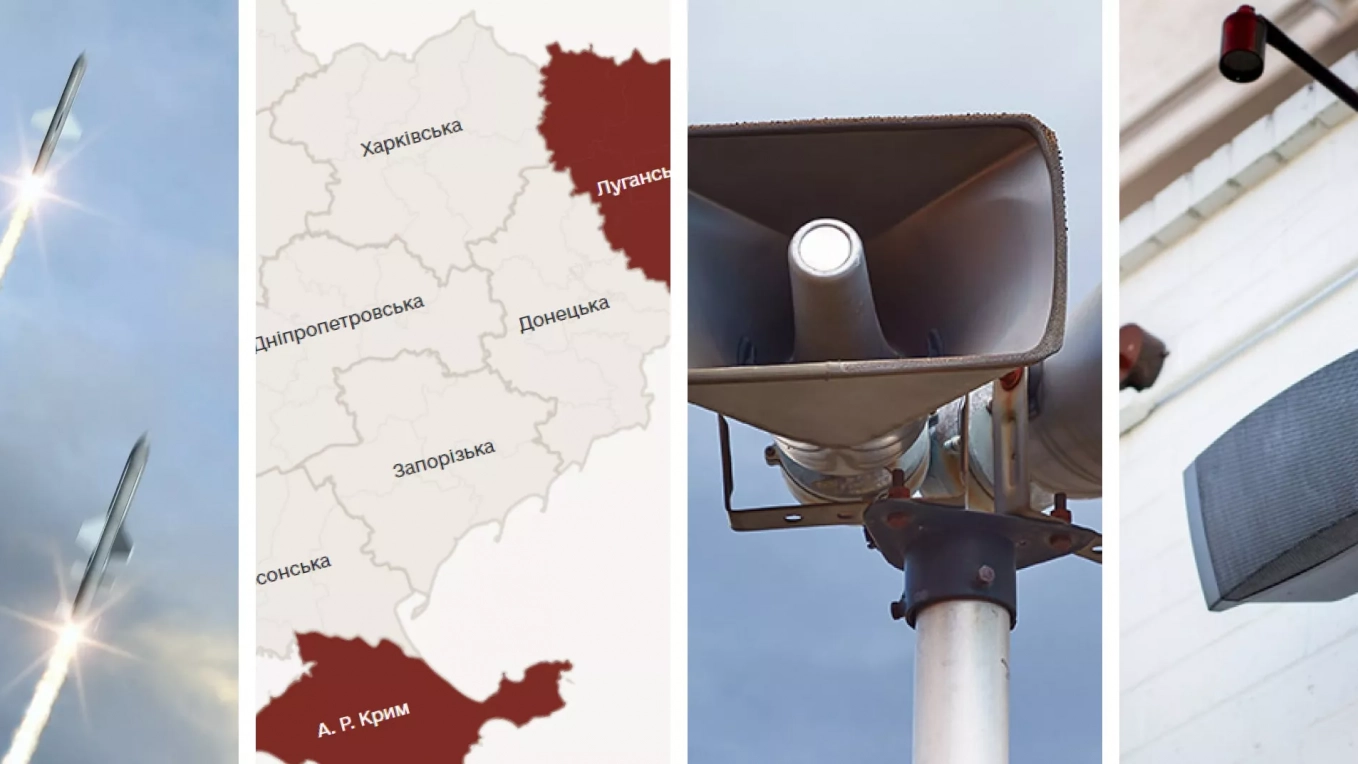
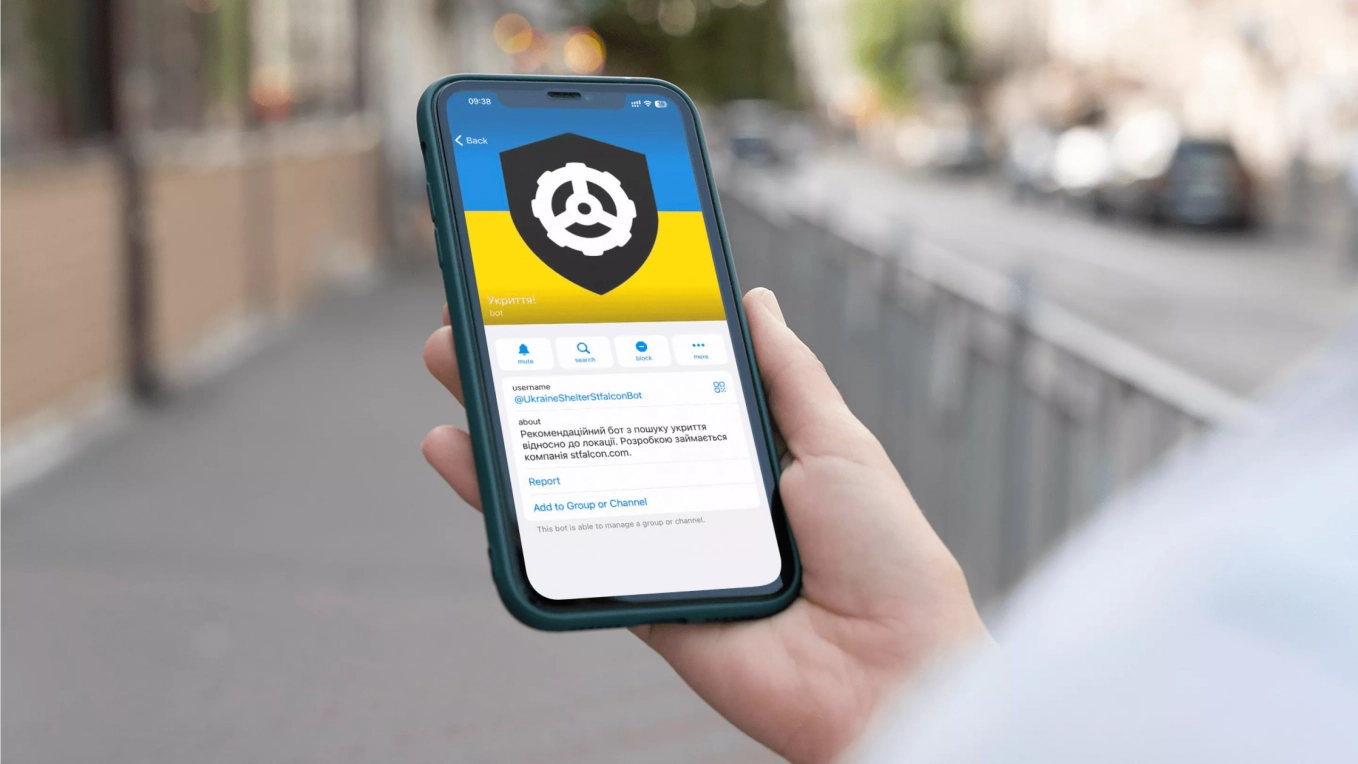

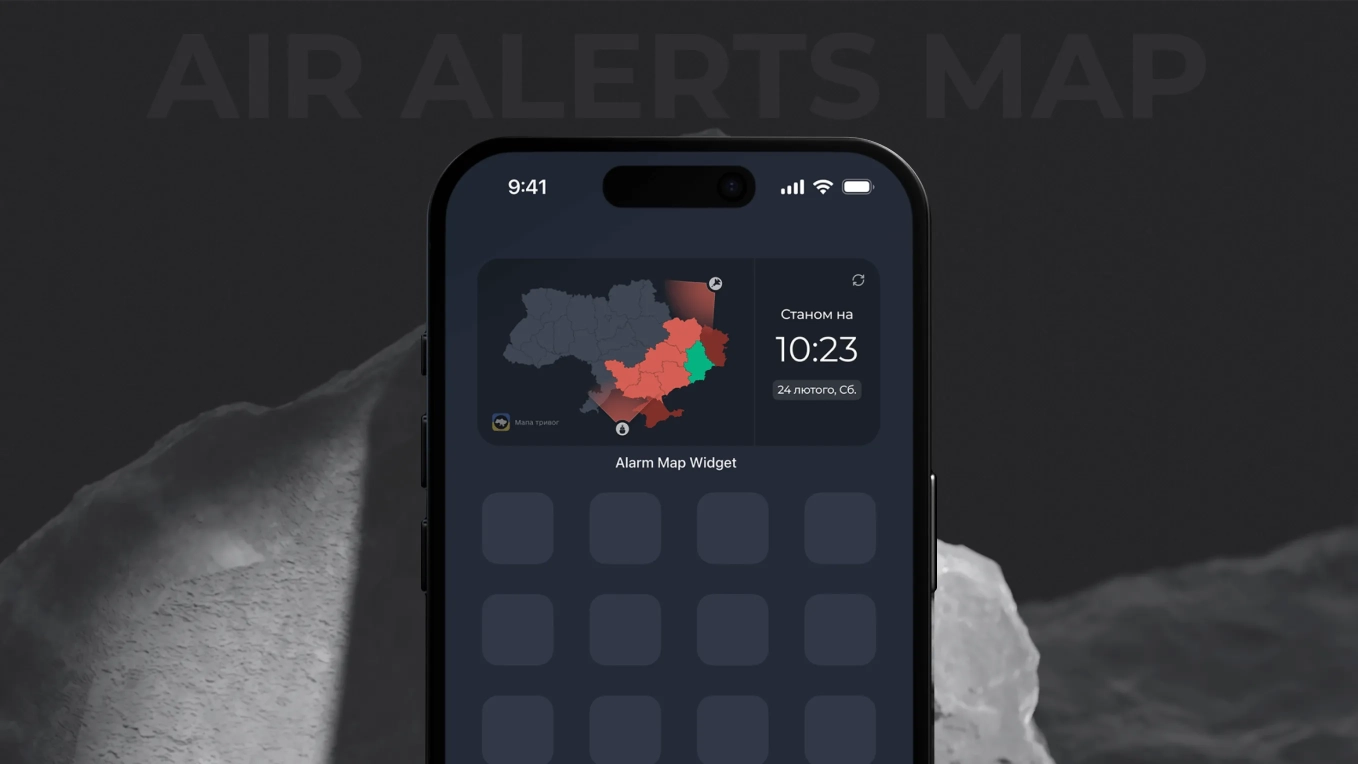
Ihor Klymenko
Minister of Internal Affairs of Ukraine